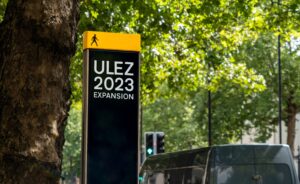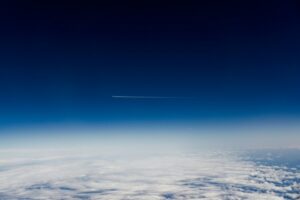In a classic piece of juxtaposition, a recent Guardian front page led with the news that doctors were to consider the impact of air pollution when assessing patients, directly above a spectacular image of a New Year’s firework display in Sydney.
Fireworks are a known cause of poor air quality and are occasionally banned in times when air quality is already poor but they are problem in and of themselves, rather than something that merely exacerbates an exiting problem.
In Phoenix, Arizona, New Year’s Day saw the worst air quality since measurements began in 2010. In the last decade, there have only been three New Year Days where smoke levels haven’t exceeded the health standard.
Alex Young, Lead Meteorologist at the National Weather Service’s Phoenix office said: ‘New year’s is actually the worst air quality day of the year. All that smoke gets trapped closer and closer down to the surface, so that’s why the density of that smoke increases, going into the early morning hours.’
Since 2014, there have been four New Year’s that led to very unhealthy air quality, whereas only one dust storm has surpassed those levels in that period.
In San Antonio, Texas, firework displays triggered a ‘super fog’ whereby – in high humidity conditions – smoke particulates act as a surface for water to condense on to. In some areas this brought visibility down to less than half a kilometer. Ironically, the private use of fireworks is illegal within the San Antonio city limits.
In Calcutta, India, air quality plummeted on New Year’s Day, with the AQI for PM2.5 reaching 250 in some southern and northern parts of the city. Thanks to windy conditions, this had fallen to around 170 by noon the following day.
In the UK, Sadiq Khan laid on a spectacular display of pyrotechnics for Londoners, two years after City Hall had to respond to a constituent who asked what data is collected ‘on the impact of fireworks on air pollution across the year as well as the impact of the GLA fireworks each New Year’s Eve?’
The reply came: ‘As fireworks events are a rare occurrence, their impact is extremely short lived, localised and minimal. We do not hold specific air quality data on the impact of firework events.’
Despite such claims, research in India found that there was a 30% to 40% increase in the cases of wheezing, respiratory diseases, exacerbation of bronchial asthma, and bronchitis patients of all ages and gender were reported during the Diwali festival.

















Leave a Reply